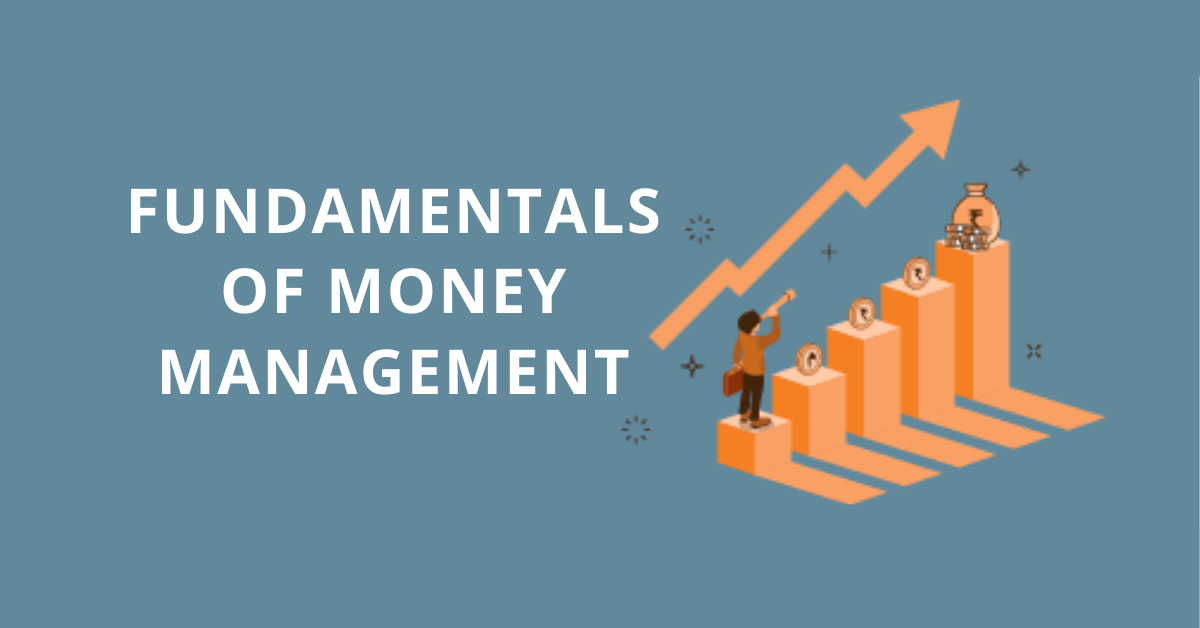Fundamentals of money management, or money management, is one of the pillars on which a trader rests. A well-designed capital management system does not allow it to sink into oblivion even after a large series of unprofitable transactions. If you decide to enter the world of financial markets seriously and for a long time, then the section of the trader’s science devoted to the basics of money management should be mastered in the most thorough way.
The main goal of a money management system is not even earnings. Capital protection should be at the forefront. Protection, primarily from the trader himself, from his inept or spontaneous actions caused by psychological factors. The section on psychology of trading discusses in detail the main pitfalls that await a novice trader (such as fear, greed and hope). Having secured the capital from himself, a trader can start thinking about some kind of professional growth and, as a consequence, stable earnings.
In the section “The basics of money management”, as a rule, two opposite approaches or methods are considered. Risky, profit-oriented at any cost – the Martingale method . And a more careful, and, therefore, more correct, anti-Martingale method. The Martingale method is to increase the position size after each loss and return to the original size if you win. Its essence lies in the fact that one win overlaps all previous losses. The anti-Martingale method, on the other hand, says to increase the position size after each win, and in case of a loss, reset it to its original value. You do not need to use any of these methods in your trading system however, understanding these two approaches is very useful when creating your own money management system. You can familiarize yourself with them in more detail on the links above , and we will consider the main aspects of creating the right system.
First of all, let’s look at two simple cases of money management. In the first case, we will conclude transactions at the risk of 10% of the capital. In the second case, we will risk 50% or half of the total capital. For simplicity of the experiment, let’s assume that we have Rs. 10,000 in management, and we open positions with stop loss and take profit orders set in such a way that the profit or loss for each trade is a specified percentage (10% and 50%). Suppose that following this money management system, we made four transactions, then for the first case we have:
- loss, capital = 10000-0.1 * 10000 = RS. 9000;
2. profit, capital = 9000 + 0.1 * 9000 = RS. 9900;
3. loss, capital = 9900-0.1 * 9900 = 8910
4. profit, capital = 8910 + 0.1 * 8910 = RS. 9801;
And for the second case:
- loss, capital = 10000-0.5 * 10000 = RS. 5000;
2. profit, capital = 5000 + 0.5 * 5000 = RS. 7500;
3. loss, capital = 7500-0.5 * 7500 = RS. 4250;
- profit, capital = 4250 + 0.5 * 4250 = RS. 6375;
The distribution of profitable and unprofitable trades is the same and amounts to 50×50. If transactions are concluded in a random direction, then the distribution of profitable and unprofitable transactions will always tend to this ratio, with the total number of concluded transactions tending to infinity. Of course, there can be a series of profitable and a series of losing trades, but the overall ratio will always tend to equilibrium (i.e. 50×50).
It is clearly seen from the given example that with an increase in the percentage of risk, trading, with equal ratios of profitable and unprofitable transactions, becomes more and more unprofitable. Obviously, with four profitable trades in a row, the profit in the second case would be much higher than the profit in the first case. You can easily calculate it yourself, for a 10% risk we get RS. 14641, and for a 50% risk we get as much as RS. 50625. But a trader should not hope for miracles, on the contrary, he should have a money management system designed for the worst case scenario.
Always remember the basics of money management, do not chase fabulous profits, because they are always accompanied by crushing losses. Remember popular wisdom: a titmouse is better in hand than an eagle in the sky.

